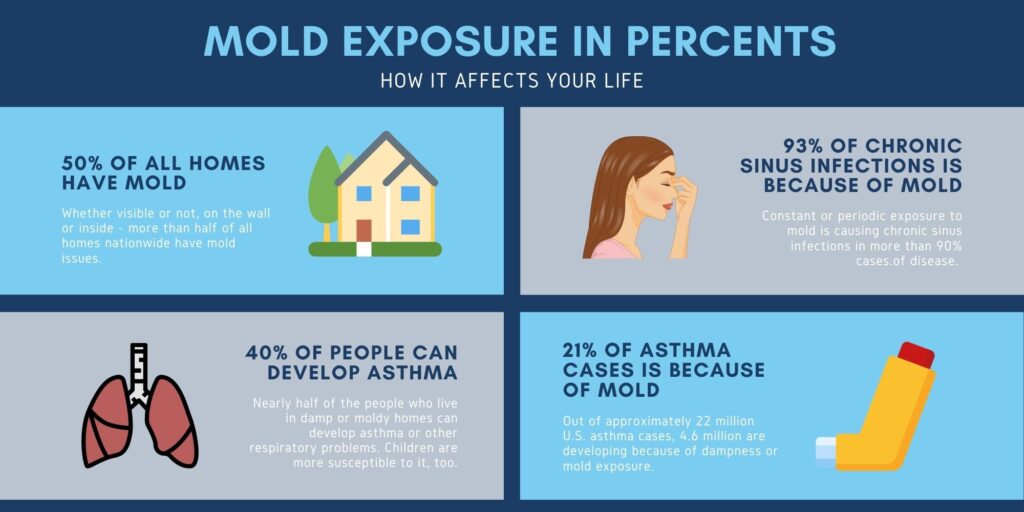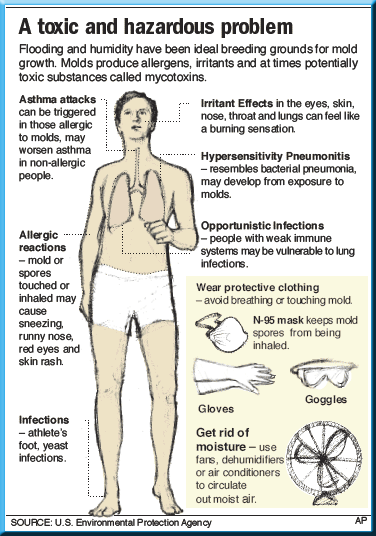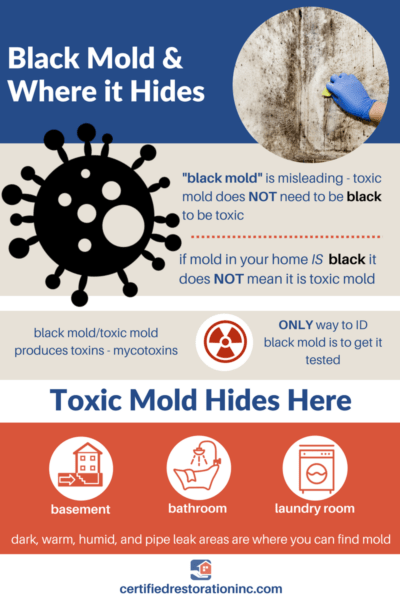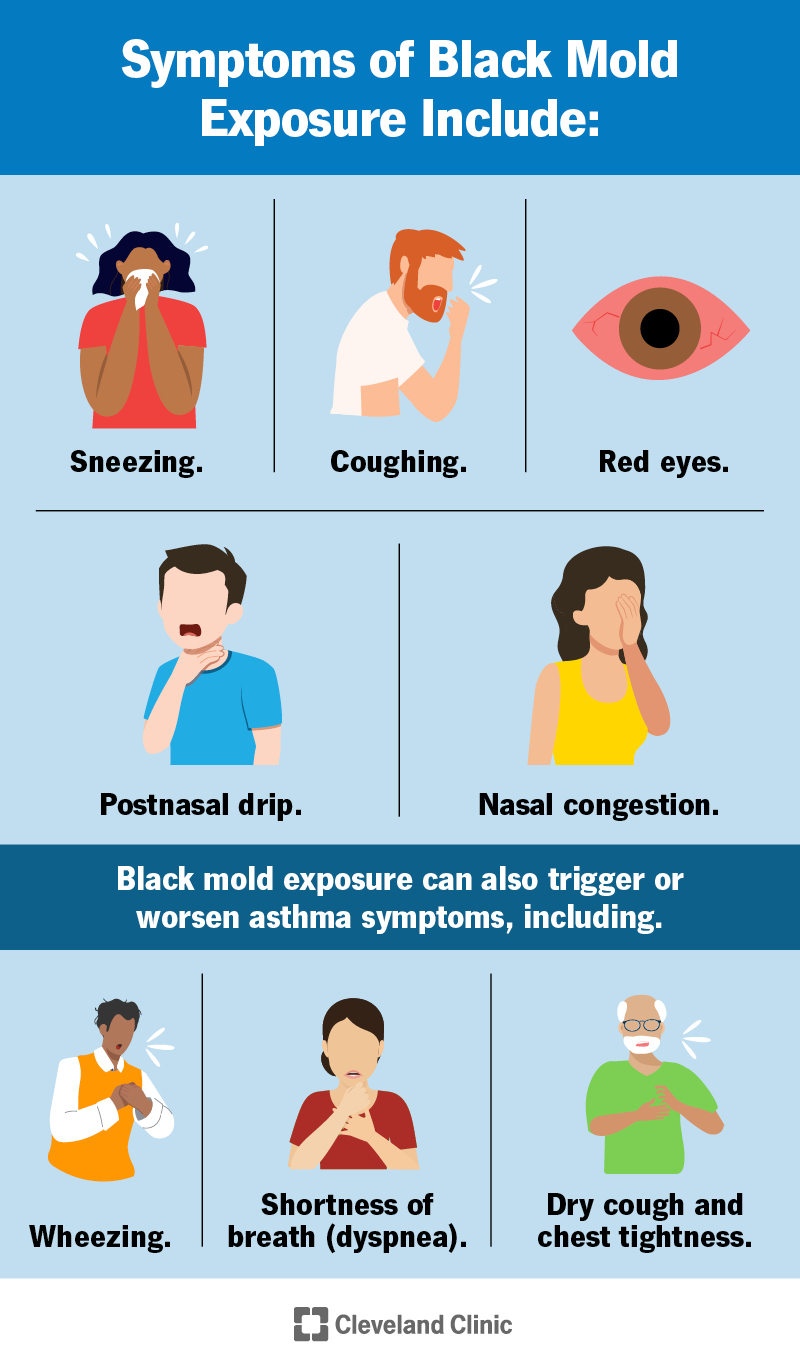Have you ever wondered how mold can affect your respiratory system? In this article, we will explore the symptoms of mold exposure in lungs and gain a better understanding of the respiratory effects it can have. From coughing and wheezing to shortness of breath and asthma-like symptoms, mold can wreak havoc on your respiratory health. By delving into the topic, we hope to provide you with valuable information and tips on how to protect yourself from mold-related respiratory issues. So, let’s explore the world of mold and its impact on our lungs!
Overview
In today’s article, we will delve into the topic of mold exposure in lungs and its impact on our respiratory system. Mold is a type of fungus that can release spores and mycotoxins into the air, leading to a range of health issues. When these microscopic particles are inhaled, they can cause various symptoms and even contribute to the development of chronic respiratory conditions. Understanding the causes and effects of mold exposure is crucial for identifying and managing potential health risks.
1. Causes of Mold Exposure in Lungs
1.1. Inhalation of Mold Spores
One of the primary modes of mold exposure in the lungs is through the inhalation of mold spores. Mold spores can be present in the air both indoors and outdoors, and when we breathe them in, they can reach our respiratory system. If the concentration of mold spores is high or if we are repeatedly exposed to them, it can lead to respiratory health issues.
1.2. Exposure to Mycotoxins
Mycotoxins are toxic substances produced by certain types of molds. These substances can be released into the air and cause harm when they are inhaled. When we are exposed to mycotoxins, our respiratory system can be negatively affected, resulting in various symptoms and potential long-term health complications.
2. Common Symptoms of Mold Exposure
Exposure to mold in the lungs can manifest in several different ways. Some of the most common symptoms include:
2.1. Coughing
Persistent coughing is a common symptom associated with mold exposure in the lungs. The presence of mold spores or mycotoxins can irritate the airways, leading to an increase in coughing frequency and intensity.
2.2. Wheezing
Wheezing, characterized by a high-pitched whistling sound during breathing, can also be an indication of mold exposure in the lungs. It occurs when the airways become narrowed or constricted, making it difficult for air to pass through smoothly.
2.3. Shortness of Breath
Shortness of breath, or dyspnea, can be a distressing symptom experienced by individuals exposed to mold. It can range from mild to severe, making it challenging to perform daily activities that require physical exertion.
2.4. Chest Tightness
Feeling a sense of tightness or pressure in the chest is another respiratory symptom commonly associated with mold exposure. This discomfort can be a result of inflammation in the airways or an allergic reaction to mold particles.
2.5. Respiratory Infections
Exposure to molds can weaken the immune system, making individuals more susceptible to respiratory infections. These infections may include bronchitis, pneumonia, or sinusitis, and they can further exacerbate the symptoms of mold exposure in the lungs.
2.6. Allergic Reactions
For individuals who are allergic to molds, exposure can trigger allergic reactions. These reactions may present as sneezing, runny or stuffy nose, itchy eyes, and skin rashes. Allergies can exacerbate existing respiratory symptoms and make breathing more difficult.
3. Chronic Obstructive Pulmonary Disease (COPD)
3.1. COPD Risk Factors
Chronic Obstructive Pulmonary Disease (COPD) is a chronic inflammatory lung disease that can be greatly influenced by various risk factors, including mold exposure. Other risk factors for COPD include smoking, air pollution, and genetic predisposition.
3.2. Connection between Mold Exposure and COPD
Exposure to mold can contribute to the development and progression of COPD. Mold spores and mycotoxins can cause chronic inflammation in the airways, leading to ongoing lung damage and increased susceptibility to respiratory infections.
3.3. COPD Symptoms and Complications
For individuals with COPD, mold exposure can worsen symptoms such as coughing, wheezing, and shortness of breath. Additionally, mold exposure can increase the risk of exacerbations, which are episodes of severe symptom flare-ups that can be life-threatening.

4. Asthma
4.1. Mold Triggers for Asthma
Asthma is a chronic respiratory condition characterized by inflammation and narrowing of the airways. Mold exposure, especially for individuals with asthma, can act as a trigger for asthma symptoms. Mold spores and mycotoxins can provoke allergic reactions in the airways, leading to asthma attacks.
4.2. Asthma Symptoms and Management
Common asthma symptoms include wheezing, coughing, shortness of breath, and chest tightness. Proper management of asthma includes avoiding mold exposure, taking prescribed medications, and following an asthma action plan provided by a healthcare professional.
5. Allergic Bronchopulmonary Aspergillosis (ABPA)
5.1. Causes of ABPA
Allergic Bronchopulmonary Aspergillosis (ABPA) is a condition characterized by an allergic reaction to the fungus Aspergillus. Mold exposure, specifically to Aspergillus spores, can trigger ABPA in individuals who are susceptible to fungal allergies or have pre-existing lung conditions.
5.2. ABPA Symptoms and Diagnosis
Symptoms of ABPA can include severe asthma-like symptoms, recurrent lung infections, coughing up blood, and chest pain. Diagnosis typically involves a combination of medical history, physical examination, allergy testing, lung function tests, and radiological imaging.
5.3. Treatment of ABPA
The treatment of ABPA often includes oral corticosteroids to reduce inflammation, antifungal medications to combat the Aspergillus fungus, and other supportive measures to manage symptoms and prevent complications.

6. Hypersensitivity Pneumonitis
6.1. Mold as a Trigger for Hypersensitivity Pneumonitis
Hypersensitivity pneumonitis, also known as extrinsic allergic alveolitis, is an inflammatory lung disease caused by the inhalation of various airborne substances, including mold spores. Mold exposure can trigger an immune response in susceptible individuals, leading to lung inflammation.
6.2. Symptoms and Treatment
Symptoms of hypersensitivity pneumonitis can range from mild to severe and may include cough, shortness of breath, fever, fatigue, and chest discomfort. The primary treatment involves identifying and avoiding the specific triggers, which may include mold, as well as treating the symptoms with corticosteroids or other medications.
7. Pulmonary Fibrosis
7.1. Mold Exposure and Pulmonary Fibrosis
Pulmonary fibrosis is a progressive and irreversible lung disease characterized by the formation of scar tissue in the lungs. Mold exposure has been suggested as a potential risk factor for the development or progression of pulmonary fibrosis. The exact mechanisms are still being studied.
7.2. Symptoms and Treatment
Symptoms of pulmonary fibrosis can include shortness of breath, dry cough, fatigue, weight loss, and clubbing of the fingers. Treatment options for pulmonary fibrosis aim to manage symptoms, slow disease progression, and improve quality of life. These may include medication, oxygen therapy, pulmonary rehabilitation, and in severe cases, lung transplantation.

8. Allergic Rhinitis
8.1. Mold Allergy Symptoms
Allergic rhinitis, commonly known as hay fever, is an allergic reaction characterized by nasal congestion, sneezing, runny nose, and itchy eyes. Mold exposure can trigger or worsen allergic rhinitis symptoms, especially in individuals who are allergic to specific types of molds.
9. Prevention and Treatment
9.1. Removing Mold from the Environment
To prevent or minimize mold exposure, it is essential to address any mold growth in your environment. This includes identifying and fixing any sources of moisture or water intrusion, as mold thrives in damp and humid conditions. Professional mold remediation may be necessary for extensive mold infestations.
9.2. Improving Indoor Air Quality
Improving indoor air quality can help reduce the risk of mold exposure. This can be achieved by ensuring adequate ventilation, using air purifiers or filters, and keeping humidity levels within the recommended range (typically between 30% and 50%).
9.3. Seeking Medical Treatment
If you suspect mold exposure or are experiencing any respiratory symptoms, it is crucial to seek medical attention. A healthcare professional can help diagnose the underlying cause of your symptoms and develop an appropriate treatment plan tailored to your specific needs. This may include medications, allergy shots, or other interventions to manage symptoms and prevent further complications.
In conclusion, mold exposure in the lungs can have a significant impact on respiratory health. Understanding the causes and symptoms associated with mold exposure is essential for early detection and effective management of potential respiratory conditions. By implementing preventive measures, seeking medical treatment when needed, and improving indoor air quality, individuals can reduce the risk of mold-related respiratory issues and ensure optimal lung health.

